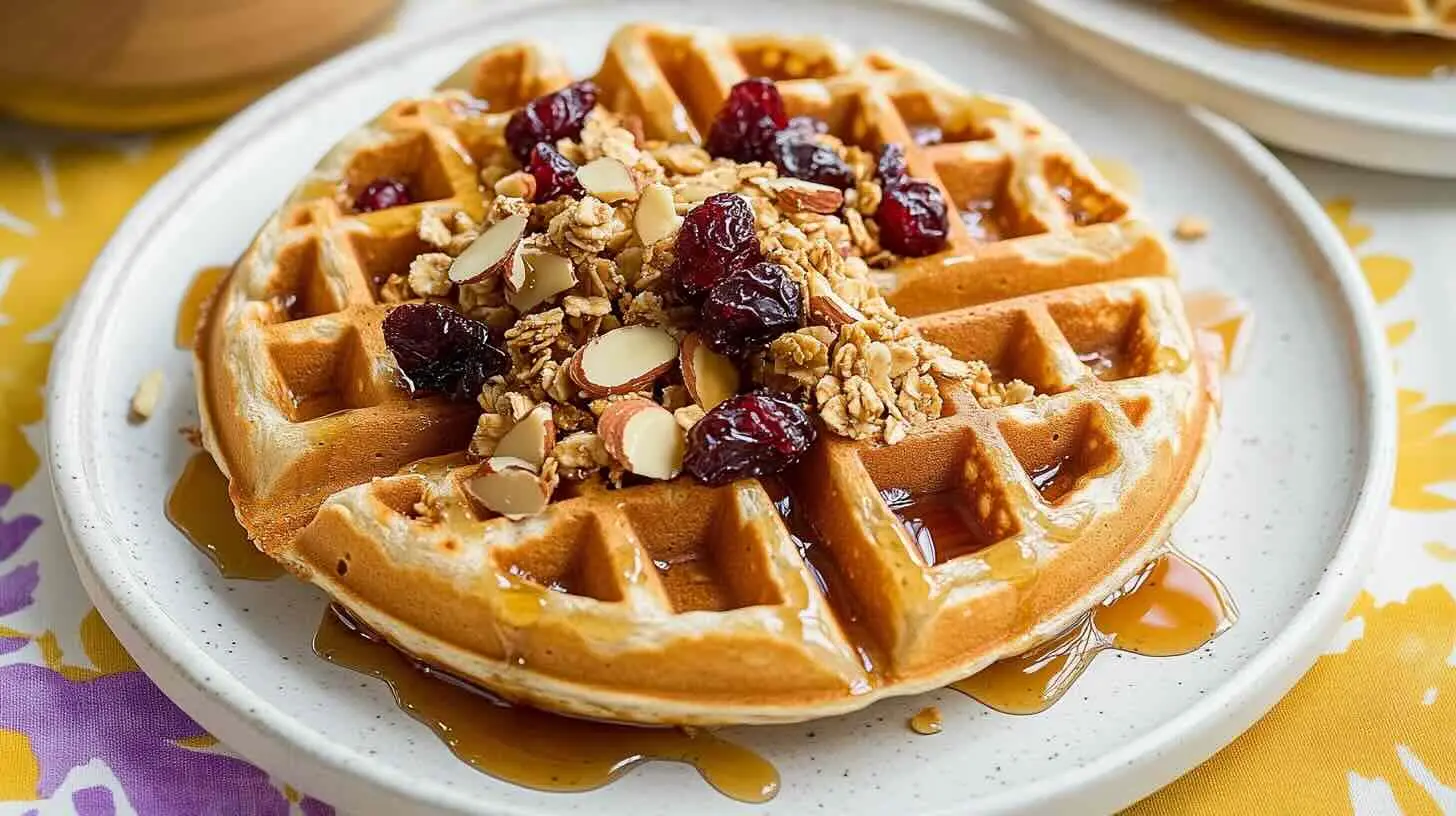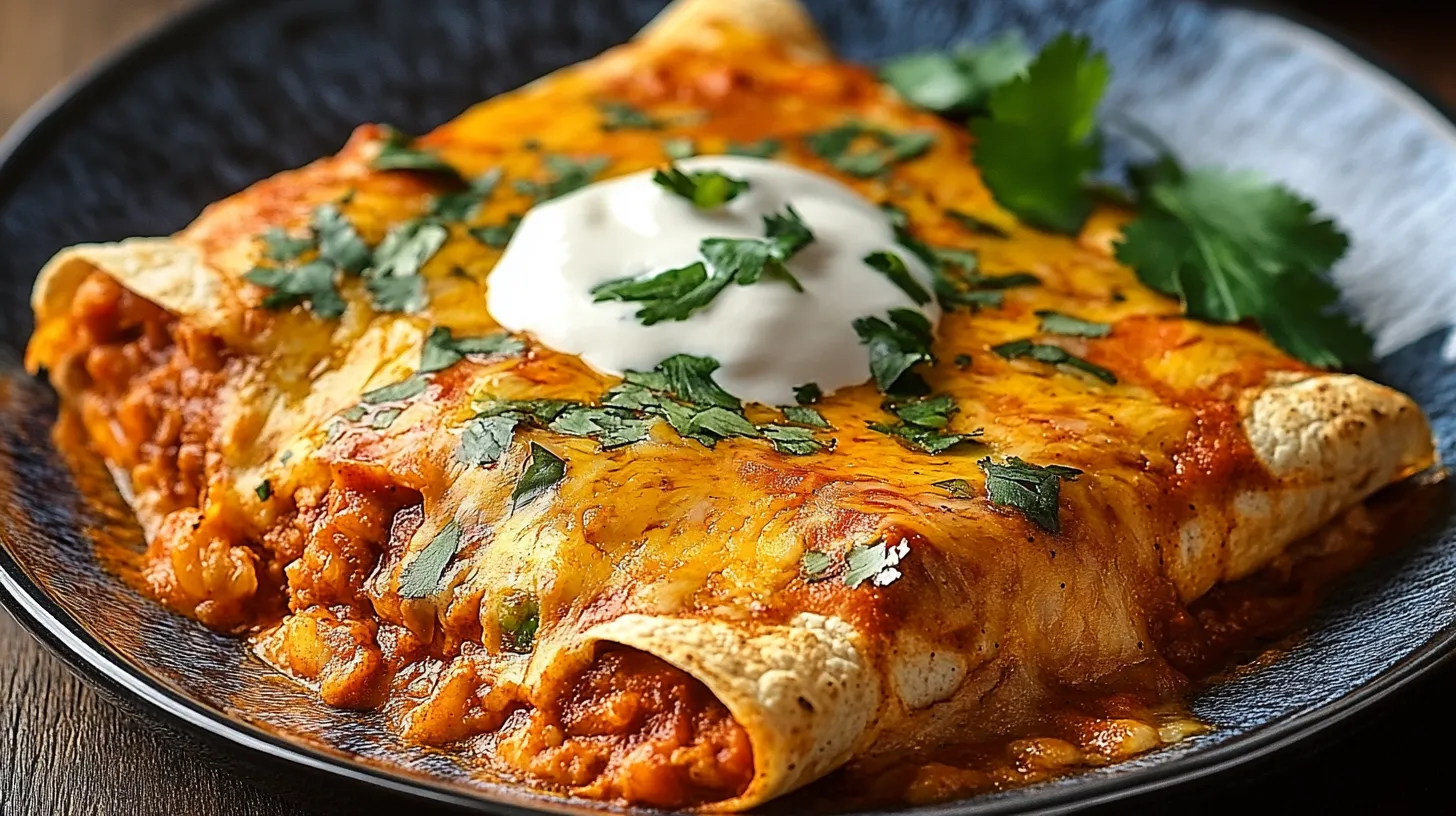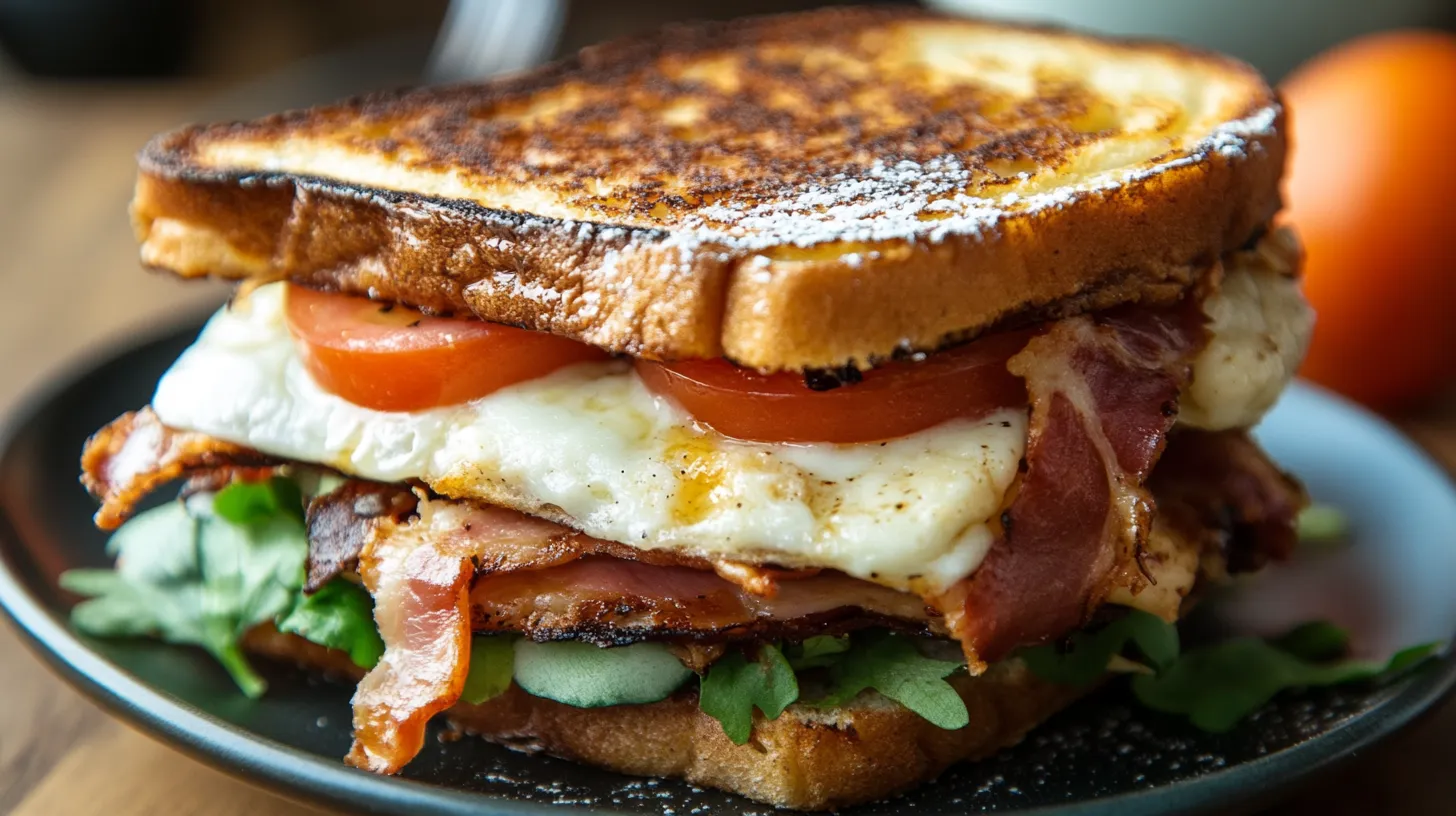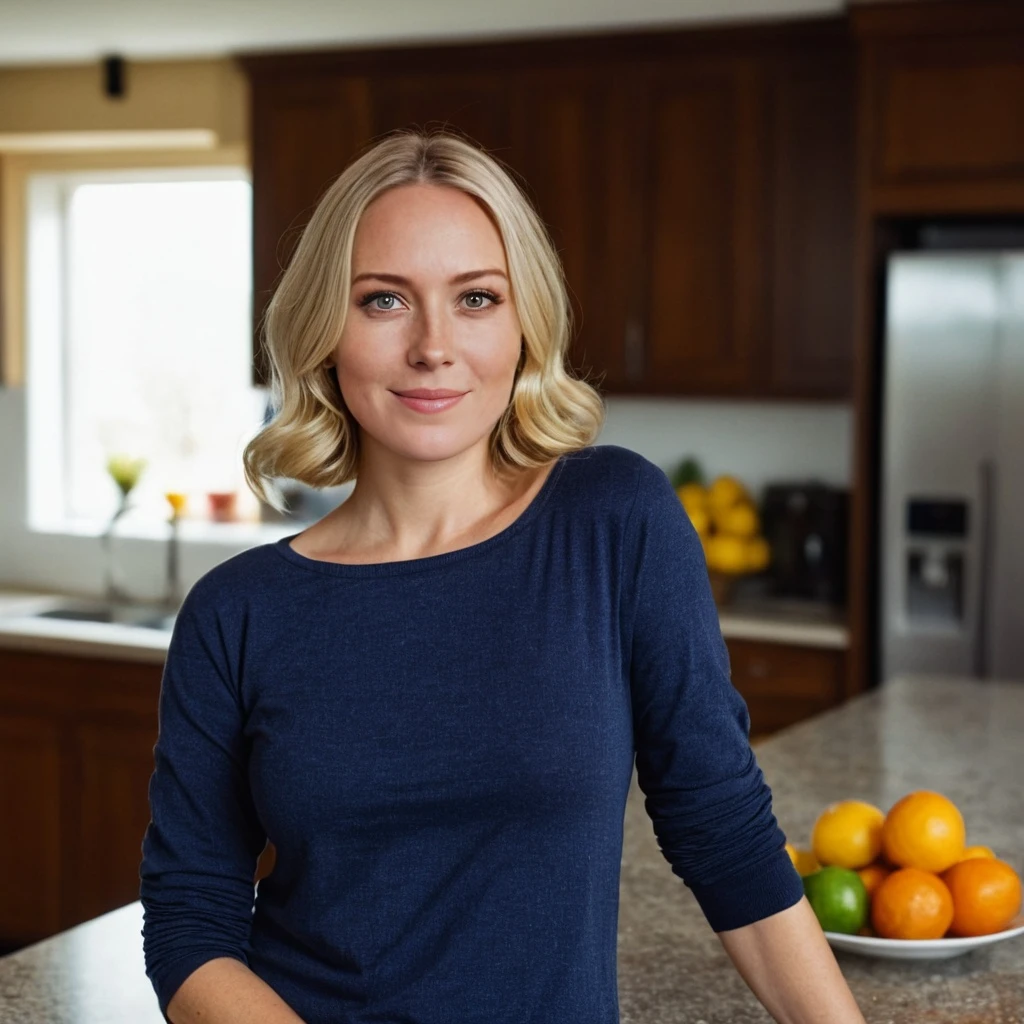I remember the first time I tried to make waffles from scratch. It was a Sunday morning, and I wanted to surprise my family with a special breakfast. What I ended up with were soggy, pale discs that barely resembled the golden, crispy waffles I had envisioned. That disaster sparked my journey to discover what is the secret to making good waffles – a question that would lead me through countless batches, recipe tweaks, and happy taste-testers.
Table of Contents
After years of experimentation, I’ve finally mastered the art of waffle-making, and I’m thrilled to share these secrets with you. Whether you’re a breakfast enthusiast or simply someone who appreciates the perfect balance of crispy exterior and fluffy interior, this guide will transform your waffle game forever.
The Secrets to Perfect Waffles
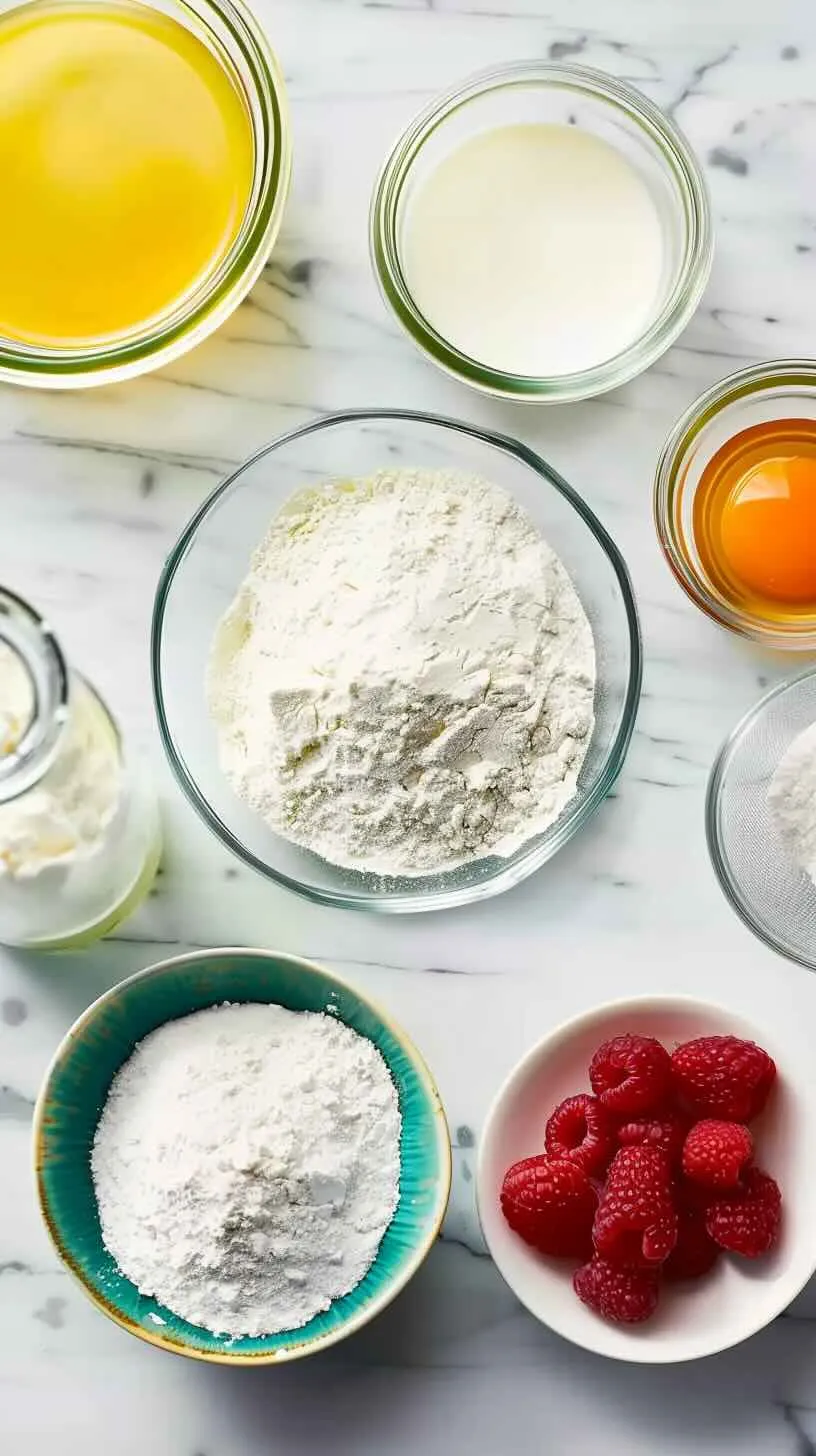
1. Choosing the Right Ingredients
The foundation of any great waffle begins with quality ingredients. I learned this lesson the hard way when I tried to cut corners with bargain flour and margarine instead of butter.
For the best results, use all-purpose flour or a mix of all-purpose and cake flour for a lighter texture. Fresh eggs at room temperature incorporate better into your batter. When it comes to milk, I prefer whole milk for richness, but buttermilk creates a wonderful tang that makes waffles special.
The most important ingredient might be butter. Real, unsalted butter gives waffles their irresistible flavor. I melt it and let it cool slightly before adding it to the batter. This step alone elevates homemade waffles far above any mix.
If you love breakfast classics, you might also enjoy discovering the best toppings for French toast to elevate your morning meals.
2. The Importance of a Good Batter Consistency
What is the secret to making good waffles that have the perfect texture? It’s all about the batter consistency. Too thick, and your waffles become dense and doughy. Too thin, and they’ll lack structure.
I aim for a batter that’s thick enough to coat the back of a spoon but still pours easily. If you lift your spoon, the batter should fall in ribbons, not plop in clumps. This consistency ensures the perfect balance between crisp exterior and fluffy interior.
3. The Role of Leavening Agents
My early waffle attempts were flat and dense because I didn’t understand leavening. Now I know that the right leavening agent is crucial for waffles that rise properly.
Baking powder is my go-to for quick, reliable results. It creates bubbles that expand when heated, giving waffles their characteristic lightness. For special occasions, I make yeasted waffles that ferment overnight, developing complex flavors that make breakfast feel like a celebration.
4. The Magic of Resting the Batter
This might be the most underrated secret in waffle-making. Letting your batter rest for at least 10-15 minutes (or up to an hour) makes a world of difference.
During this rest, the flour hydrates fully, gluten relaxes, and bubbles form throughout the batter. The first time I tried this technique, I was amazed at how much more tender and evenly cooked my waffles became. For overnight batters, the flavors develop even more deeply, creating breakfast magic with minimal morning effort.

5. Achieving the Perfect Crispiness
The contrast between crispy exterior and tender interior is what makes waffles special. After much trial and error, I’ve found several tricks to guarantee crispiness:
Add a tablespoon of cornstarch to your dry ingredients. This creates a crispier exterior while maintaining interior softness. Replace some of the milk with seltzer water for extra lightness. And perhaps most importantly, use enough fat in your batter – whether butter, oil, or a combination.
When my waffles come off the iron, I place them directly on a cooling rack instead of stacking them. This prevents steam from softening their crisp exterior.
6. The Best Waffle Maker and Cooking Techniques
Your waffle maker matters. I invested in a good Belgian-style waffle maker after years of using a basic model, and the difference was immediate. Look for one with adjustable temperature settings and a light that indicates when waffles are done.
Always preheat your waffle iron completely before adding batter. I know it’s tempting to start cooking right away, but a properly heated iron is essential for that initial rise and crisp exterior.
As for how much batter to use, I’ve found that less is more. Overfilling leads to batter overflowing and uneven cooking. I use about 1/2 to 3/4 cup for a standard round waffle iron, adjusting as needed for different models.
7. The Secret to Light and Fluffy Waffles
The game-changer in my waffle journey was learning to separate eggs and whip the whites separately. This extra step creates the lightest, fluffiest waffles imaginable.
I separate the eggs, add the yolks to the wet ingredients, and beat the whites until soft peaks form. After mixing the batter, I gently fold in the whipped whites just before cooking. The air trapped in the whites expands during cooking, creating an incredibly light texture.
Common Mistakes to Avoid
Overmixing the Batter
The first time I made waffles, I beat the batter until completely smooth. Big mistake! Overmixing develops gluten, resulting in tough, chewy waffles. Instead, mix just until the ingredients are combined. A few small lumps are perfectly fine.
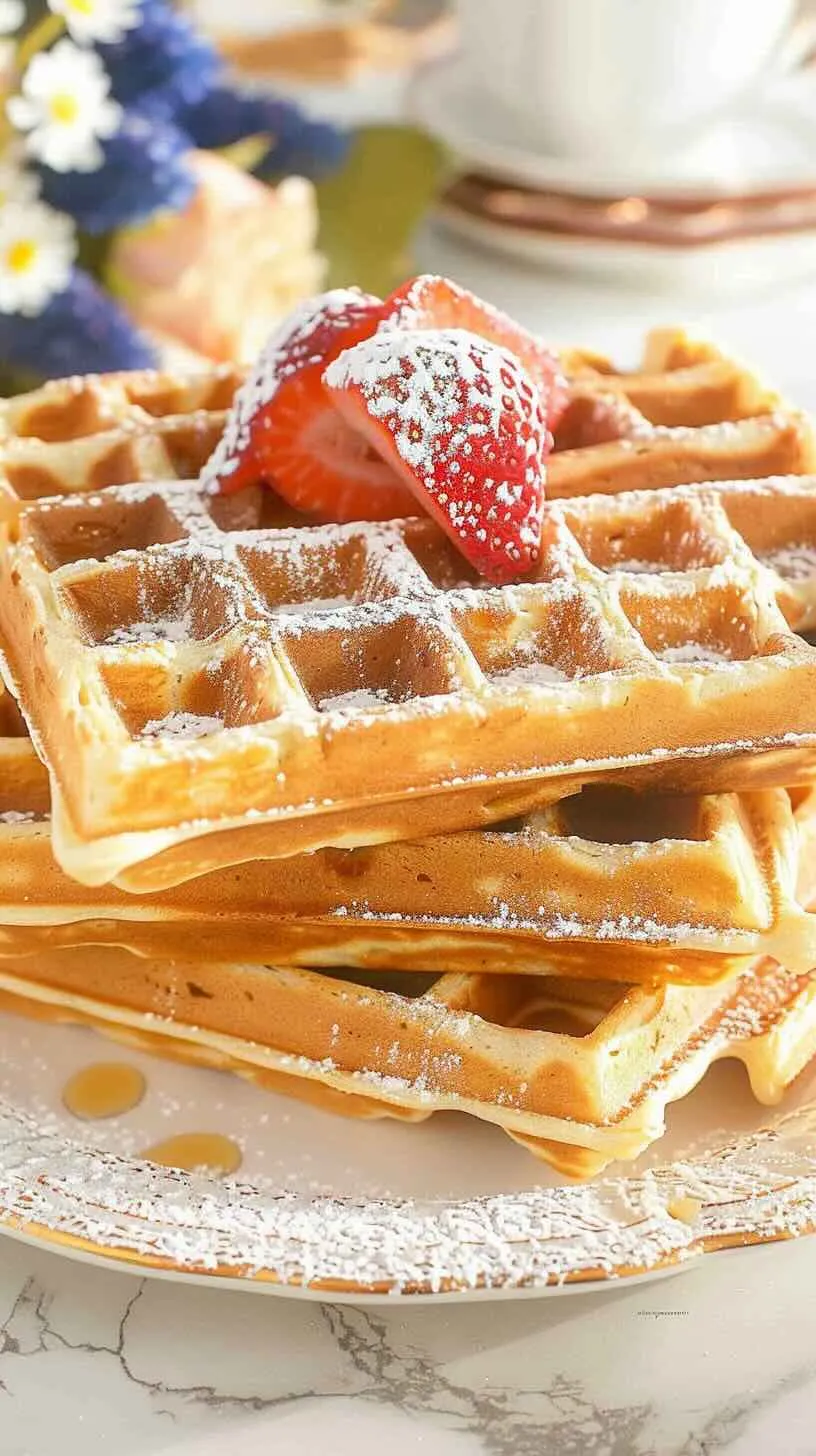
Not Preheating the Waffle Iron
Patience is key. A properly preheated iron (usually about 5-7 minutes) ensures even cooking and proper rise. Using a cold or barely warm iron results in pale, soggy waffles that stick to the plates.
Using the Wrong Fat Ratio
Too little fat, and your waffles will be dry. Too much, and they’ll be greasy. I’ve found that about 4-6 tablespoons of melted butter per 2 cups of flour creates the perfect balance for crisp, flavorful waffles.
Delicious Variations to Try
Classic Buttermilk Waffles
My go-to recipe uses buttermilk for tanginess and tenderness. The acid in buttermilk reacts with baking soda to create extra lift. If you don’t have buttermilk, add a tablespoon of lemon juice or vinegar to regular milk and let it sit for 5 minutes.
Belgian vs. American Waffles
Belgian waffles are thicker with deeper pockets, perfect for holding syrup and toppings. They traditionally use yeast for leavening. American waffles are thinner and often use baking powder instead. Both are delicious, but I prefer Belgian-style for special brunches and American-style for quick weekday breakfasts.
Savory Waffle Ideas
Don’t limit waffles to breakfast! I love making savory waffles with herbs, cheese, and spices. Try adding chopped fresh herbs and grated cheese to the batter. They’re delicious topped with eggs, avocado, or roasted vegetables for a satisfying lunch or dinner.
If you’re looking for inspiration, these strawberry waffles are a delightful way to incorporate fresh fruit into your breakfast.
Serving and Topping Ideas
The Best Syrups, Fruits, and Whipped Cream Combinations
Pure maple syrup is classic, but homemade fruit syrups take waffles to another level. I simmer fresh berries with a touch of sugar and lemon juice until slightly thickened for a bright, fruity topping.
For a special touch, whip heavy cream with a little vanilla and serve alongside fresh seasonal fruit. The combination of warm waffles, cool cream, and fresh fruit creates a perfect balance of flavors and textures.
Creative Toppings for Every Occasion
For everyday breakfasts, I keep it simple with yogurt and fresh fruit. For special occasions, I create waffle bars with multiple toppings: nut butters, sliced bananas, berry compotes, toasted nuts, and chocolate chips.
More Breakfast and Baking Inspiration
If you’ve mastered the art of making perfect waffles, why not expand your breakfast and baking repertoire with these delightful recipes? Here are some ideas to continue your culinary journey:
For a quick and easy breakfast, try our French Toast Breakfast Sandwich, which combines sweet and savory flavors in one delicious bite.
If you’re a fan of fluffy pancakes, our Pancake Bites Recipe offers a fun, bite-sized twist on a classic.
Looking for a healthier option? Our Banana Bread Recipe Without Butter is a crowd-pleaser that pairs perfectly with your morning coffee.
For a savory breakfast idea, explore our Chicken and Cheese Sandwich, a hearty option that’s perfect for brunch or lunch.
Frequently Asked Questions (FAQs)
How to Make Your Waffles Taste Better?
To make waffles taste better, add vanilla extract, cinnamon, or a dash of nutmeg to your batter. Using real butter instead of oil gives a richer flavor. For sweetness, mix in a tablespoon of brown sugar or honey. You can also fold in blueberries, chocolate chips, or banana slices for extra flavor. Don’t forget quality maple syrup or fresh fruit toppings when serving!
How to Get Crispier Waffles?
For crispier waffles, use cornstarch in your batter—replace about 1/4 of the flour with cornstarch. Make sure your waffle iron is properly preheated before pouring batter. Don’t overmix the batter, as this creates too much gluten. Use melted butter instead of oil for better browning. For extra crispiness, place finished waffles directly on an oven rack at 250°F for 5 minutes while making the rest.
What Does Adding an Extra Egg to Waffles Do?
Adding an extra egg to waffle batter makes waffles richer and more custard-like inside. The additional protein helps create structure, while the extra fat makes waffles more tender. The result is waffles with a slightly crisp exterior and a softer, more flavorful interior. Extra eggs also help waffles brown better due to the proteins and increase the nutritional value.
Should I Let Waffle Batter Rest?
Yes! Letting waffle batter rest for 15-30 minutes improves your waffles significantly. Resting allows the flour to fully hydrate, resulting in more tender waffles. It also gives time for bubbles to dissipate, which prevents your waffles from becoming too airy or full of holes. For even better results, you can refrigerate the batter overnight, which develops more complex flavors.
Conclusion
The secret to making good waffles isn’t just one thing – it’s a combination of quality ingredients, proper techniques, and attention to detail. With these tips, you’ll be making waffles that rival any brunch spot.
Remember that perfecting waffles takes practice. Don’t be discouraged if your first attempts aren’t perfect. Each batch is an opportunity to refine your technique and discover what works best for your taste preferences.
Now that you know my secrets, I encourage you to heat up your waffle iron and start experimenting. The joy of serving perfectly golden, crispy-on-the-outside, fluffy-on-the-inside waffles to friends and family is well worth the effort. Happy waffle-making!

